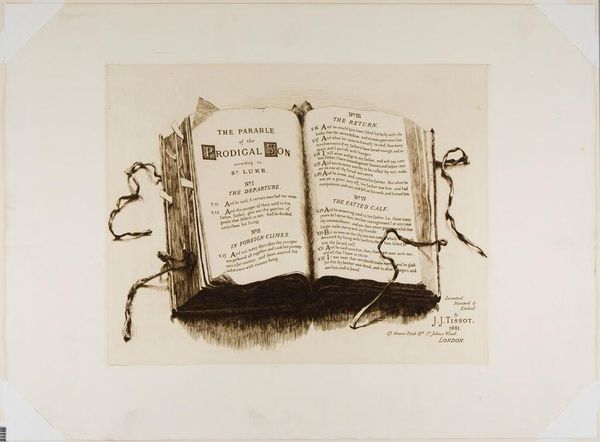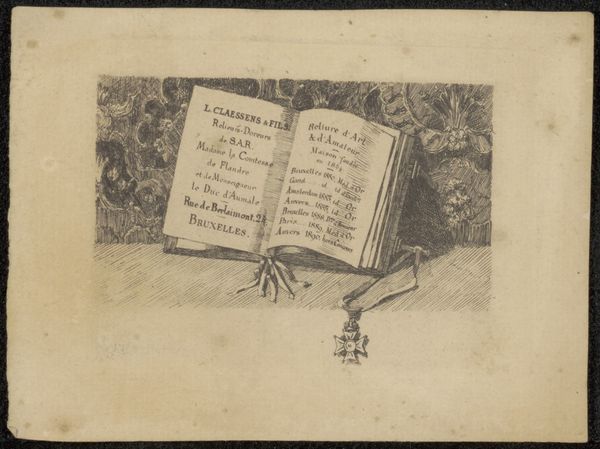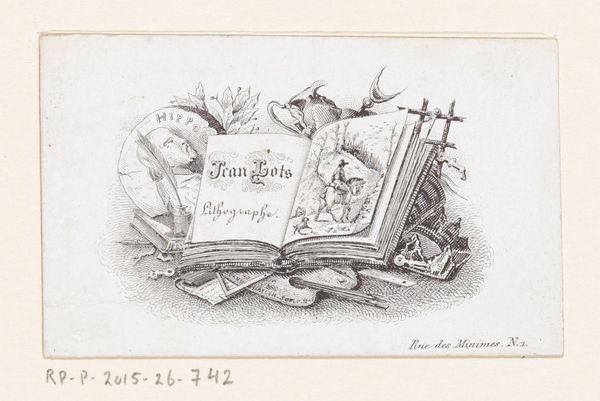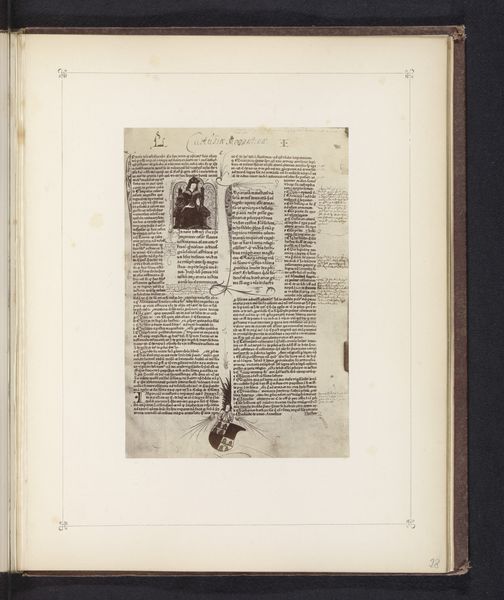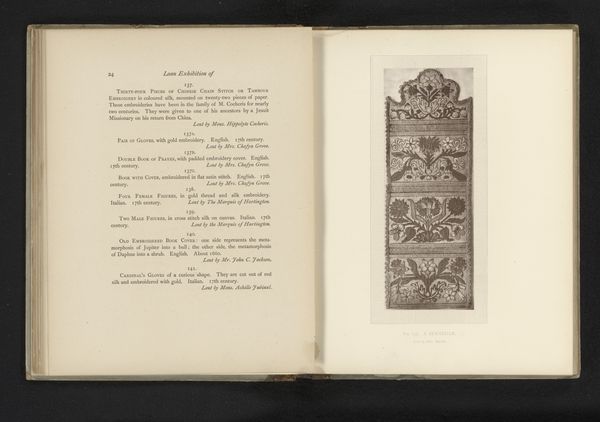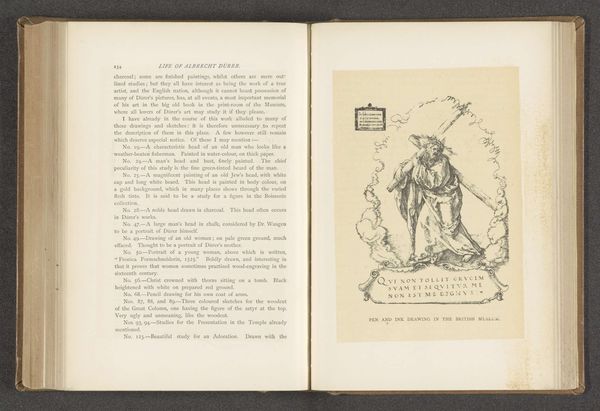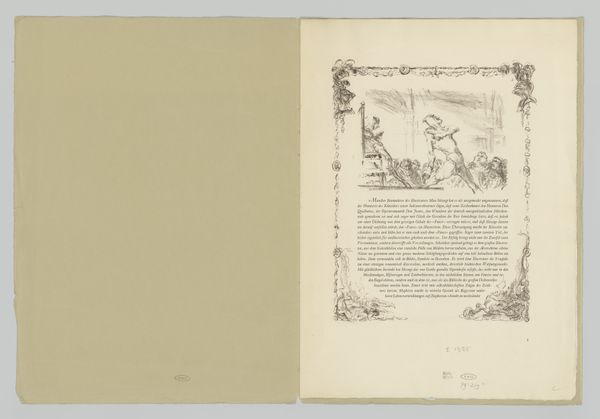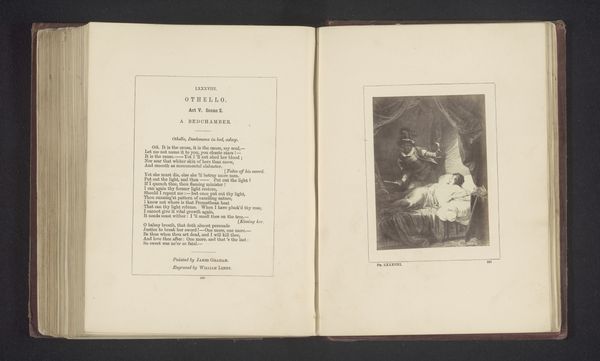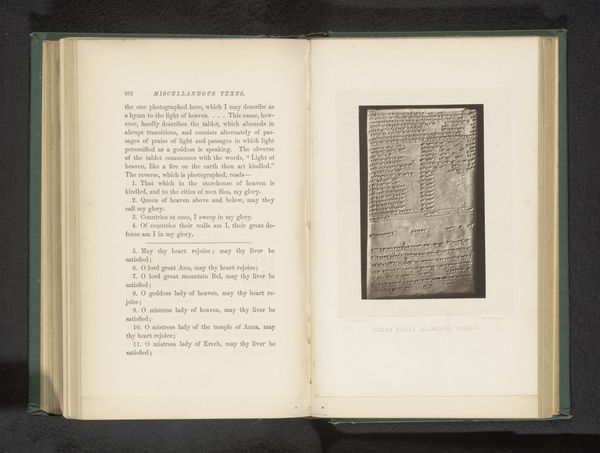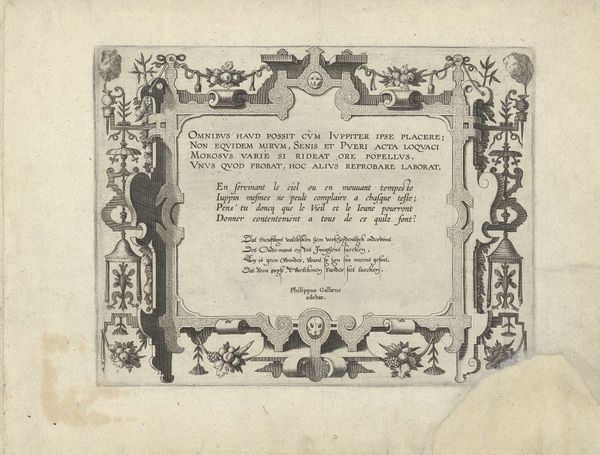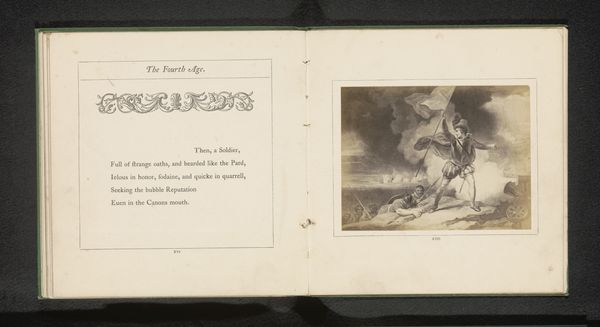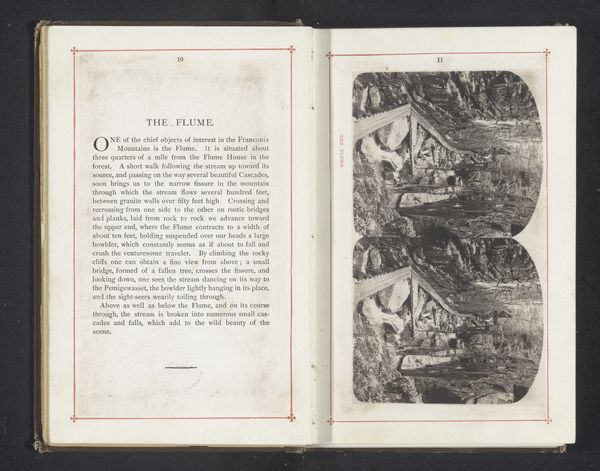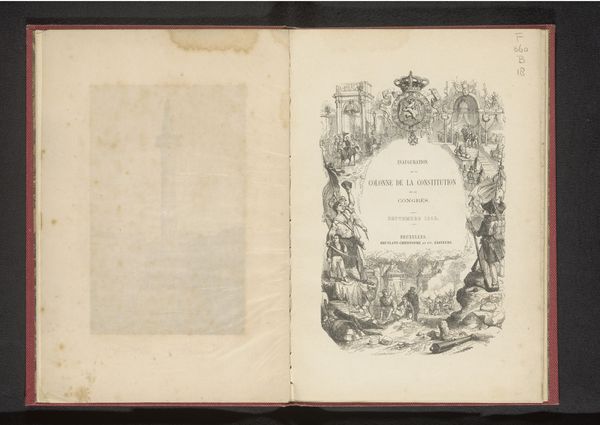
drawing, print, etching, engraving
#
drawing
#
narrative-art
# print
#
etching
#
history-painting
#
engraving
Dimensions: sheet: 20 9/16 x 27 7/8 in. (52.2 x 70.8 cm) plate: 14 3/8 x 18 1/4 in. (36.5 x 46.3 cm) frame: 24 1/4 x 30 1/2 in. (61.6 x 77.5 cm)
Copyright: Public Domain
James Tissot created this print, "The Parable of the Prodigal Son: Frontispiece," in 1881. Tissot, a French painter who later embraced spiritualism, illustrates the biblical parable through the intimate medium of etching. At a time of increasing secularization in Europe, Tissot turned to religious subjects, reflecting a personal quest for meaning. But, his interpretation isn’t straightforward. Instead, Tissot presents the parable as an open book, inviting viewers to reflect on its themes of repentance, forgiveness, and familial love. The book format suggests the transmission of knowledge and moral guidance across generations. Yet, the roughly sketched and informal presentation encourages a personal and immediate engagement with the text. Consider how Tissot uses the visual language of intimacy to connect with viewers on a personal level. The artist isn’t just illustrating a biblical story, but is creating a space for individual reflection. In doing so, Tissot prompts us to consider the emotional and personal dimensions of faith.
Comments
No comments
Be the first to comment and join the conversation on the ultimate creative platform.
